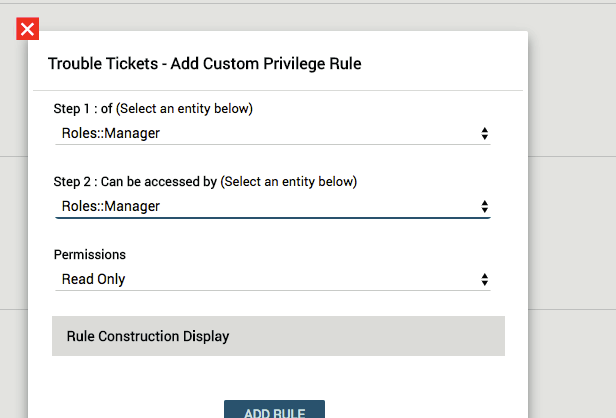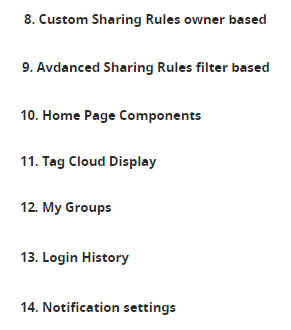16.3 Users
From Settings > Users you can create and manage users, which are displayed in a list on the main screen. The user in vtenext corresponds to a person, provided with an email address and password, which they access to work on CRM.
Although simultaneous access by the same user from different locations is allowed, it is absolutely not recommended to use shared users, especially when working at the same time. This is because, in addition to being unable to trace the real owner of the data or the author of any changes (which is at odds with the philosophy of CRM itself), there is a risk of conflict and loss of information saving.
The user sheet is divided into sections and coincides with the User Preferences (to be referred to for the details of each section), except for the parts reserved for the administrator user, and are namely the following:
|
User Name |
Each user has only one user name. Once created, it cannot be changed. |
|
Login via LDAP |
Tick if the active directory is enabled on your server. |
|
Administrator |
Tick this box to provide the user with administrator privileges, regardless of their role. |
|
Status |
On / Off. |
|
Role |
You can change the role of the user (the role must have already been created). |
Warning! In the cloud version the user name corresponds to the full email address.
Important tips for user creation and management:
- The use of characters such as - and / is not allowed for Login and Password;
- User Name and Password must be a combination of upper- or lower-case letters and numbers. The use of special characters (such as ä, ö, ü, ß, % etc.) is not permitted. Your password must not contain any terms related to your personal information. A good password is for example "Dhe4K39bz";
- The chosen password must comply with the following rules in accordance with the Data Protection Act (Law 196/2003):
- Must consist of at least 8 characters;
- Must be changed every 3 months (the system will automatically propose a password change every 3 months).
- The user can freely request a password reset, a process which will last a maximum of 24 hours, after which he/she will have to repeat the procedure by clicking on the "Forgot your password?" link again on the Login page;
- Beware of granting administrative privileges! The user will be able to see and change the CRM settings and all data;
- A user who no longer needs to work in CRM, but must remain present for historical reasons, can be deactivated via the appropriate entry in the customer screen (see above).
- The entities associated with them will still be available to other users, according to the hierarchy of roles.
You can also permanently delete a user: before deleting a user, the system will ask you which other user the data assignments should be transferred to.
More information is available after saving the user data sheet:
Owner-based sharing rules: Allows for permission to be granted to the user to access records assigned to another specific user. Expand the selection and select Add Privileges on the Module, then configure the rule. Example:

- Filter-based sharing rules: includes the list of Sharing Access Rules
- Advanced activities for the user (please refer to the relevant chapter);
- My Groups: list of groups that include the user;
- Login History: View the history of user logins.
When a new user is created in the CRM, all the data compiled in the creation screen are copied to the Employees Module. The module gives us the freedom to enter as many additional fields as we want and follows the standard rules already set out for all other CRM entities. No less important, if the CRM is furnished with the GDPR module, it also interacts with this module.
In essence, the Employees module allows you to treat the users of the CMR as if they formed a normal registry, separating it from the rest (Accounts, Contacts and Leads).


